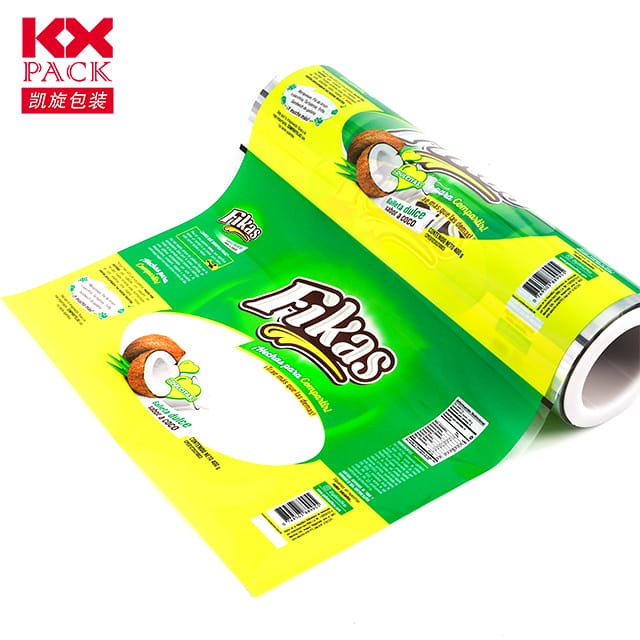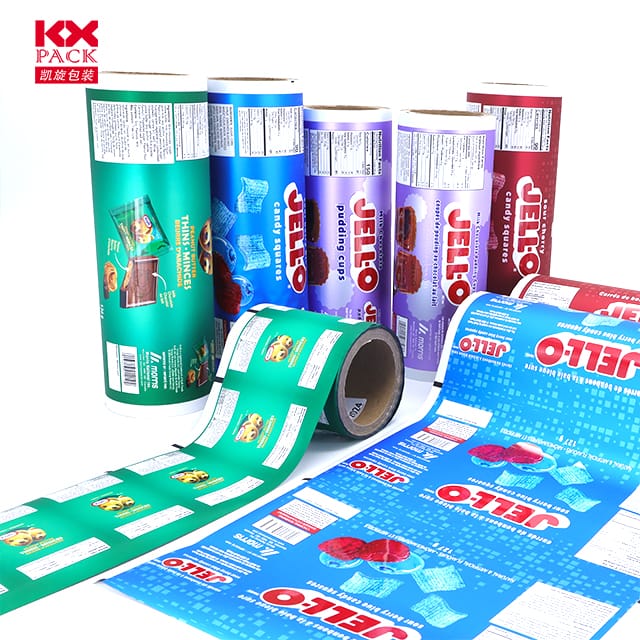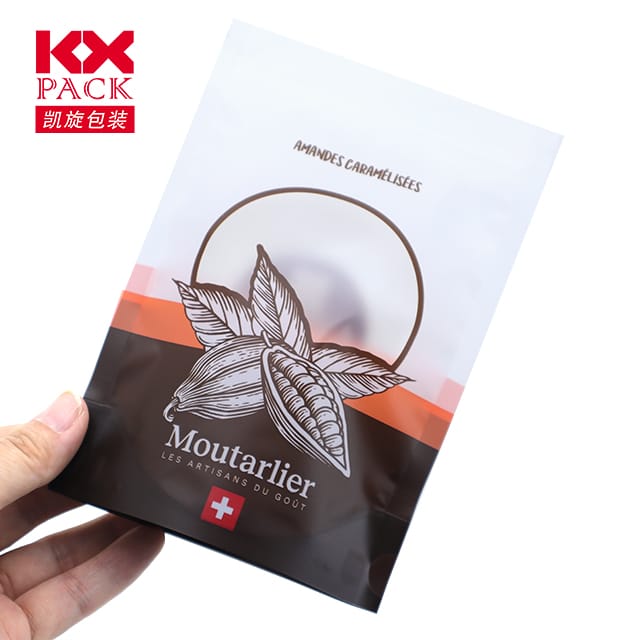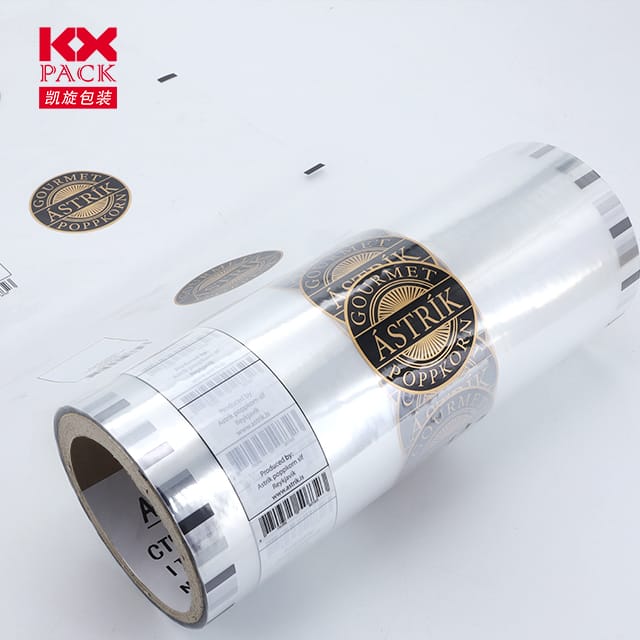Ökningen av hållbar innovation: Hur förpackningsfilmer tillverkare formar framtiden
Förpackningsfilmer
In an era where sustainability and efficiency dominate global supply chains, packaging films manufacturers are at the forefront of a transformative shift. Dessa företag omdefinierar rollen som flexibel förpackning-från engångsplast till intelligent, miljövänliga lösningar som balanserar funktionalitet med miljöansvar. Let’s explore how leading manufacturers are driving this evolution and what it means for industries worldwide.
The Market Landscape: Growth Fueled by Innovation
The global packaging films market is projected to grow from105.4billjagon2024to159.7 miljarder med 2033, expanding at a4.7% CAGR. This surge is driven by:
- Food and beverage sectors: High-barrier films that extend shelf life and reduce waste.(Förpackningsfilmer)
- E-commerce and logistics: Hållbar, lightweight films for secure shipping.
- Healthcare and pharmaceuticals: Sterile, tamper-evident packaging for sensitive products.
- Personal care and cosmetics: Flexible pouches and sachets that enhance convenience and reduce material use.
Asia-Pacific dominates the market, redovisa58% of global demand, fueled by rapid urbanization, rising disposable incomes, and stringent sustainability regulations.
Hållbarhet: The Core of Modern Manufacturing
Packaging films manufacturers are under pressure to address plastic pollution while meeting consumer demand for recyclable, biologiskt nedbrytbar, and compostable materials. Viktiga innovationer inkluderar:
- Mono-Material Films:
- Companies like Novel Packaging (Kina) are pioneering PE-PE laminates that simplify recycling by using a single polymer type. Deras pre-made pouches och rollstock films offer excellent barrier properties while being fully recyclable.
- Jiangsu Comers Neo Materials (Kina) produces EOE-based easy-peel films with up to 99% återvunnet innehåll, certified by APR (Association of Plastic Recyclers) for circular economy compliance.
- Biodegradable Alternatives:
- Researchers are developing bio-based polymers derived from renewable resources like starch or cellulose. Till exempel, 3D-printed biopolymer films are emerging as a sustainable alternative to traditional plastics in food packaging.
- High-Barrier, Low-Impact Solutions:
- Metallized films och aluminum oxide (AlOx)-coated layers provide oxygen and moisture barriers without heavy metal use. Ningbo Hongyan Packing Material integrates such technologies into its cling wrap films och protective packaging for electronics.
Technological Advancements: Smart, Efficient, och anpassningsbar
Manufacturers are leveraging cutting-edge technologies to enhance performance and reduce waste:
- Multilayer Co-Extrusion:
- 7- to 9-layer films (TILL EXEMPEL., Comers Neo’s VARIOHEALTH™ for biomedical use) combine different materials to optimize strength, barriäregenskaper, and printability.
- Smart förpackning:
- Films embedded with RFID -taggar, temperature sensors, or freshness indicators are revolutionizing supply chain transparency. Till exempel, Procter & Gamble uses intelligent films for single-use facial mask packs to track product integrity.
- High-Speed Automation:
- tysk Windmöller & Hölscher machinery enables 10,000 MT annual output i 100,000-grade GMP clean rooms, ensuring hygiene and efficiency for food and pharma applications.
Case Studies: Leaders in Innovation
- Novel Packaging (Guangzhou, Kina):
- Specializes in sustainable flexible packaging for food and FMCG brands. Deras MDOPE films och metallized BOPE offer high clarity and barrier performance while reducing plastic use by 30%.
- Jiangsu Comers Neo Materials (Suzhou, Kina):
- Focuses on biomedical and high-barrier packaging, with products like AGOMETA™ asymmetric PA films for oxygen-sensitive drugs. Deras BUFFER AIR™ air cushion films replace Styrofoam in e-commerce, cutting shipping volume by 50%.
- Ningbo Hongyan Packing Material (Zhejiang, Kina):
- A pioneer in PE stretch films for pallet wrapping, their products feature anti-static coatings for electronics and high-temperature resistance for automotive parts.
Challenges and Future Trends
Trots framsteg, manufacturers face hurdles:
- Regulatory complexity: Compliance with EU’s PPWR (Packaging and Packaging Waste Regulation) och Canada’s plastic ban requires constant adaptation.
- Material costs: Fluctuating prices for SÄLLSKAPSDJUR, BOPET, and BOPP impact profitability, driving investment in recycled feedstocks.
- Consumer expectations: Demand for transparent supply chains och carbon-neutral packaging is pushing manufacturers to adopt blockchain tracking and renewable energy.
Looking ahead, the industry will prioritize:
- Closed-loop recycling systems for multi-material films.
- Plant-based coatings to replace traditional inks and adhesives.
- On-demand production via digital printing För att minimera avfall.
Slutsats: A Greener, Smarter Future
Packaging films manufacturers are no longer just suppliers—they’re innovators shaping a sustainable future. By integratingeco-design, smart teknik, and circular economy principles, companies likeNovel Packaging, Comers Neo, and Ningbo Hongyan are proving that profitability and planetary health can coexist. As brands and consumers increasingly prioritize sustainability, the race to develop next-gen packaging films has never been more critical—or exciting.
Ready to explore partnerships? Reach out to leading manufacturers to future-proof your packaging strategy! 🌍📦
Nyckelord: packaging films manufacturers, hållbar förpackning, flexible packaging, biologiskt nedbrytbara filmer, smart förpackning, co-extrusionsteknik







